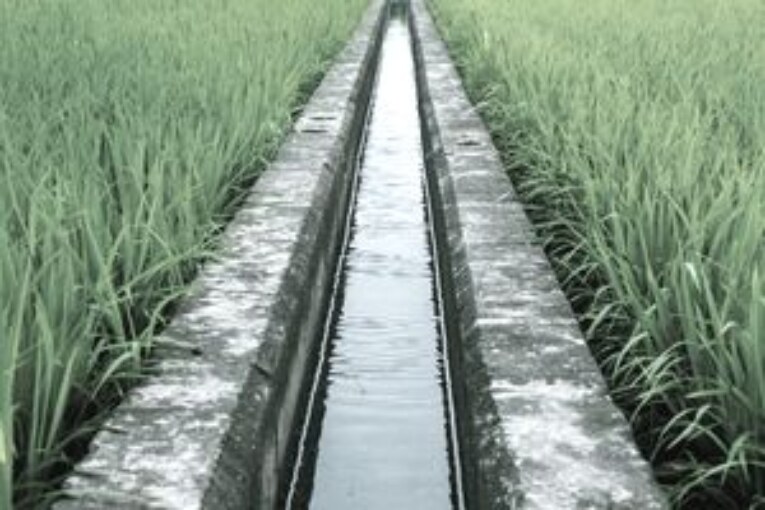
Irrigation may be defined as the process of supplying water by artificial means to agriculture fields for crop production. If water available to the plants from rainfall is not sufficient, it is supplemented by irrigation water.
In order to achieve this objective, an irrigation system is required to be developed that planning, design, construction, operation and maintenance of various irrigation works:
- Source- River, Reservoirs
- Control Structure- Barrages, Head Regulators
- Distribution System- Irrigation Canals
Irrigation Methods
- Surface Irrigation
- Sprinkler Irrigation
- Drip or Trickle Irrigation
- Sub-Surface Irrigation
Surface Irrigation
- Water is applied to the field in either the controlled or uncontrolled manner.
- Controlled: Water is applied from the head ditch and guided by corrugations, furrows, borders, or ridges.
- Uncontrolled: Wild flooding.
- Surface irrigation is entirely practiced where water is abundant. The low initial cost of development is later offset by high labour cost of applying water. There are deep percolation, runoff and drainage problems.
Sprinkler Irrigation
- The sprinkler system is ideal in areas where water is scarce.
- A sprinkler system conveys water through pipes and applies it with a minimum amount of losses.
- Water is applied in form of sprays sometimes simulating natural rainfall.
- The difference is that this rainfall can be controlled in duration and intensity.
Drip or Trickle Irrigation
- Water is applied directly to the crop i.e. entire field is not wetted.
- Water is conserved
- Weeds are controlled because only the places getting water can grow weeds.
- There is a low pressure system.
- There is a slow rate of water application somewhat matching the consumptive use. Application rate can be as low as 1-12l/hr.
- There is reduced evaporation, only potential transportation is considered.
- There is no need of drainage system.
Sub-Surface Irrigation
- Applied in places where natural soil and topographic condition favor water application to the soil under the surface, a practice called sub-surface irrigation. These conditions include:
- Impervious layer at 15cm depth or more.
- Pervious soil under laying
- Uniform topographic condition
- Moderate slopes.


